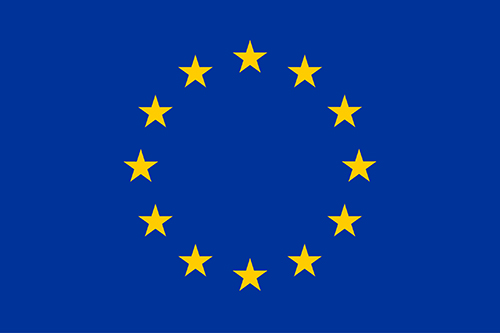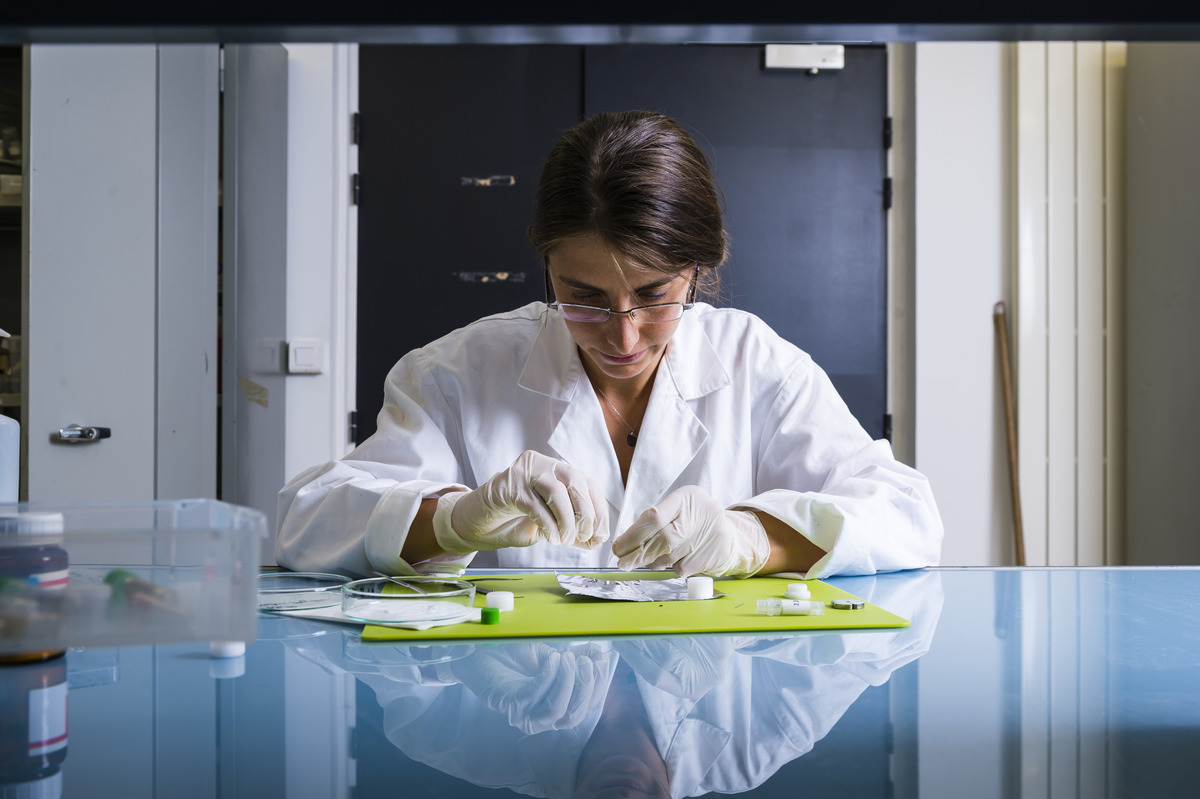The Ecole Polytechnique Fédérale de Lausanne (EPFL), one of the world’s leading universities, provides a highly international platform for research across all the core science and technology disciplines.
The Weizmann Institute of Science is one of the world’s leading multidisciplinary research institutions. To encourage multidisciplinary collaborations and the emergence of new research fields, the Institute has created some 50 multidisciplinary research institutes and centers that stimulate activity in a multiplicity of fields.
Mestrelab Research S.L. is a Spanish software house specialized in the development of Chemistry Software Solutions, with particular emphasis in analytical data and in chemistry information storage and management.
Bruker Biospin belongs to the Bruker Corporation group of companies. It is the global market and technology leader in analytical magnetic resonance instruments. It maintains R&D, production, and demo facilities for NMR instrumentation in Germany, France, U.S., and Switzerland.
The solid-state NMR group at the University of Warwick has one of the largest concentrations of solid-state NMR infrastructure worldwide, with a very wide breadth of applications across chemistry (batteries, bio-compatible chemistry, catalysts, energy storage, pharmaceuticals, protein chemistry, supramolecular chemistry).
The Institute for Molecules and Materials (IMM) mission is to perform fundamental research to understand, design and control the functioning of molecules and materials. The IMM research facilities fulfill a central role in the collaboration of international scientists.
The Swedish NMR Centre at the University of Gothenburg is a national and international research infrastructure situated on the Swedish West Coast. We provides access to state-of-the-art NMR spectrometers in the areas of material science, biomolecules, metabolomics, organic chemistry and chemical biology.
The only facility of its kind in the United States, the National High Magnetic Field Laboratory (National MagLab) is the largest and highest-powered magnet laboratory in the world.
The CRMN is operated by 5 internationally recognized groups (about 35 scientists) working on a range of interdisciplinary problems, and hosts in a 2000 m2 building 7 NMR spectrometers of frequency 400, 500, 600, 700, 800 (x 2) and 1000 MHz, 2 gyrotrons for DNP MAS and 2 polarizers for dissolution DNP.
CERM/CIRMMP has an internationally recognized experience in the application of Magnetic Resonance techniques to Life Sciences and in particular in Structural Biology.
The solid-state NMR group at CICECO has been operating since 1992 and the lab is currently the best equipped facility in the country to conduct solid-state NMR research in the fields of Chemistry and Materials Science.
The Danish Center for Ultrahigh-Field NMR Spectroscopy is established as a national center providing NMR services and competences to Scandinavian partners from academia and industry within chemistry, structural biology, metabolomics, and materials.
The members of the Executive Committee, the External Advisory Board and the Stakeholder Committee of PANACEA consortium
Joint research Activities, Trans-national Access and Networking activities of the PANACEA consortium
Discover all the Events, Meetings & Trainings of the PANACEA consortium and other NMR-related events
PANACEA NMR improves the quality and quantity of the services provided by 8 national infrastructures in Europe and USA, and facilitate the use of solid-state NMR by non-expert users, widening the opportunities for novel applications.
Industrials are very welcome to benefit from the access services provided withing PANACEA and take part to all networking activities. Researcher from small and medium-sized enterprises (SMEs) are particularly encourage to participate.
The PANACEA project is providing measurement time on a set of unique solid-state NMR instruments to European researchers from both academia and industry.
PANACEA addresses this issue by bringing together, and integrating on the European scale, seven national infrastructures across Europe and incorporating one infrastructure in the United States, and opening them to all European chemists, from both academiaand industry.
These Terms will be applied fully and affect to your use of this Website. By using this Website, you agree to accept all terms and conditions written in here.
Protecting your data and privacy is important to us. We respect your privacy and wish to provide you here with a clear and transparent understanding of the data we collect.






